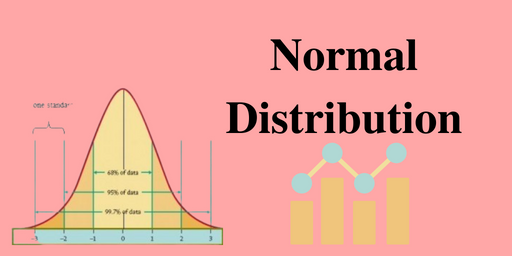For Nursing Students and Researches Normal Distribution And Its Properties
The normal distribution is a continuous probability distribution that is symmetric about its mean, most observations cluster around the central peak, and the probabilities of values farther from the mean decrease equally in either direction. Extreme values at either end of the distribution are equally unlikely. Although the normal distribution is symmetric, not all symmetric distributions are normal. For example, Student’s t, Cauchy, and logistic distributions are symmetric.
As with any probability distribution, it describes how the values of a variable are distributed. It is the most important probability distribution in statistics because it accurately describes the distribution of values for many natural phenomena. Features that are the sum of many independent processes often follow normal distributions. For example, height, blood pressure, measurement error, and IQ scores follow the.
{
}
Read More:
https://nurseseducator.com/dialectic-teaching-with-team-based-learning/
https://nurseseducator.com/high-fidelity-simulation-use-in-nursing-education/
First NCLEX Exam Center In Pakistan From Lahore (Mall of Lahore) to the Global Nursing
Categories of Journals: W, X, Y and Z Category Journal In Nursing Education
AI in Healthcare Content Creation: A Double-Edged Sword and Scary
Social Links:
https://www.facebook.com/nurseseducator/
https://www.instagram.com/nurseseducator/
